Extreme Heat
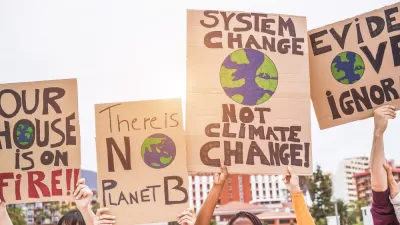
Survey: Mayors Concerned About Direct Impacts of Climate Change
Almost all U.S. mayors have some level of concern about climate change in their communities, but local leaders face some challenges in taking action.
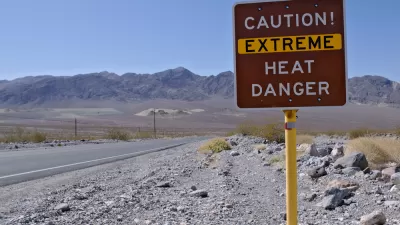
The Importance of Cooling Centers
A new UCLA study examines how formal and informal cooling centers are being used in Los Angeles County.
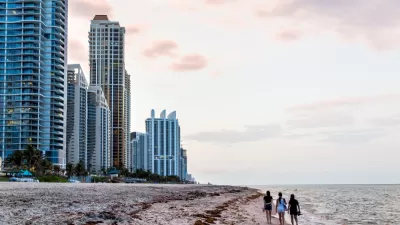
Miami-Dade Issues ‘Extreme Heat Action Plan’
The county’s plan addresses a range of infrastructure improvements and community resources that could limit the impacts of extreme heat waves.
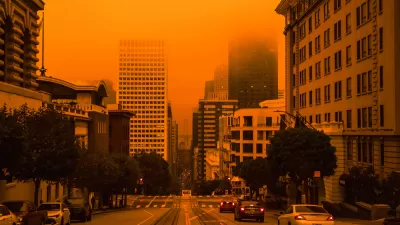
The High Cost of Climate Disasters
Extreme weather events in the United States cost $165 billion and killed more than 474 people last year.

Los Angeles County Launches Environmental Justice Department
The new department will develop plans for addressing the impacts of air and water pollution, extreme heat, and climate change on vulnerable communities.
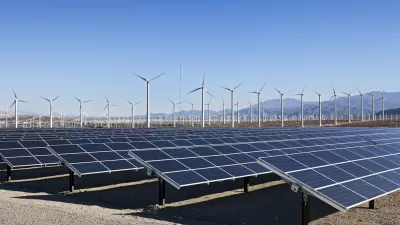
How California Kept the Lights On
To stave off rolling blackouts during a record heat wave, California relied on dramatic conservation by households and a growing renewable energy sector.
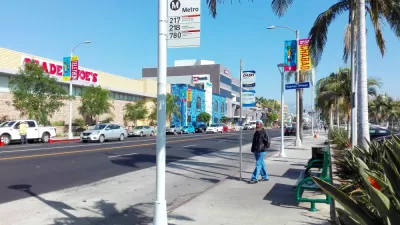
L.A. Bus Stops Offer No Relief From Searing Temperatures
As heat waves intensify, bus riders in Los Angeles are forced to wait at bus stops that offer little shade or seating, putting vulnerable residents at risk of heat stroke and other health impacts.
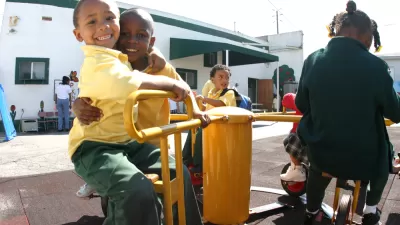
Los Angeles Parents Demand Greener Schoolyards
With asphalt temperatures reaching as much as 150 degrees, parents and advocates are asking the city’s school district to provide more shade, trees, and other heat mitigation features on its schoolyards and playgrounds.
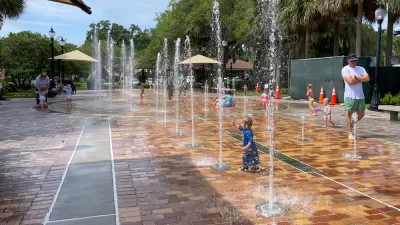
World’s First Municipal ‘Heat Officers’ Combat Extreme Heat
As extreme heat threatens infrastructure and public health, municipal ‘heat officers’ work to develop cooling strategies to keep urban residents safe from increasingly hot temperatures.

What Is the Urban Heat Island Effect?
Man-made surfaces and urban density contribute to higher temperatures, intensifying heat waves and posing a growing danger to public health.
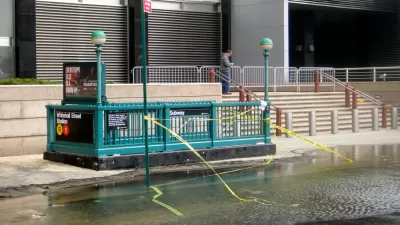
How Extreme Weather Threatens Transit Systems
As weather events become more intense and unpredictable, transit agencies must take steps to protect their aging infrastructure from flooding, storms, and extreme heat.
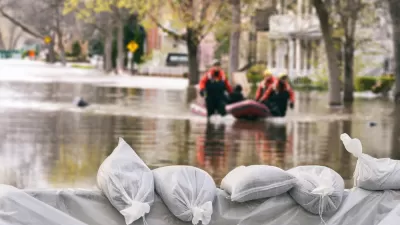
Infrastructure Must Catch Up With Climate Change
The worsening effects of extreme weather events are accelerating the deterioration of critical infrastructure, leaving communities more vulnerable.
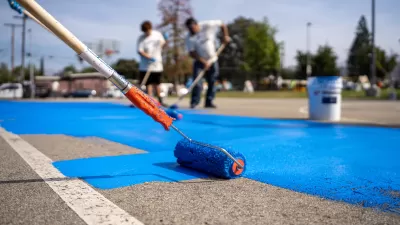
This Street Treatment Fights Extreme Heat
Applied to streets, parking lots, and other asphalt surfaces, a reflective epoxy coating can lower temperatures by as much as 10 degrees and cool neighborhoods vulnerable to extreme heat.
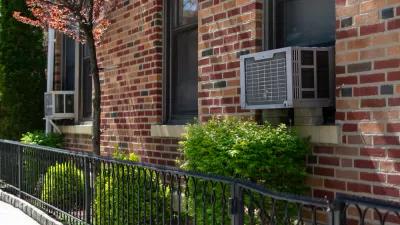
Oregon Law Requires Cooling, but Could Leave Many Renters Out
A state bill requiring landlords to allow tenants to install portable air conditioners comes with a raft of exemptions that could restrict the most affordable options.
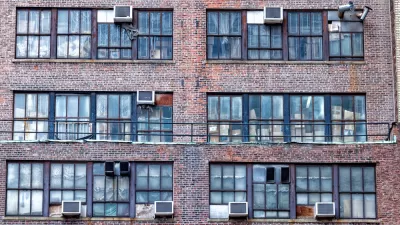
Protecting Urban Residents From Extreme Heat
With temperatures reaching record highs in cities around the country, local officials are implementing measures to ensure vulnerable residents have adequate cooling.
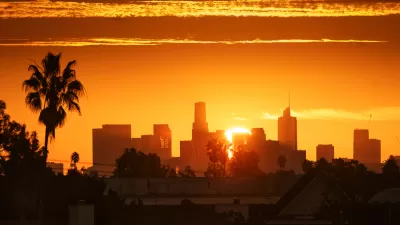
Mapping Heat Inequality
A new mapping tool underscores inequities in infrastructure that lead to higher rates of heat-related illnesses in low-income neighborhoods.
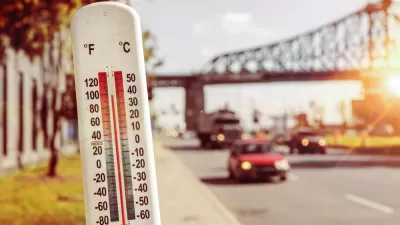
New Tool to Understand Heat Vulnerability and Resilience in California
The California Healthy Places Index: Extreme Heat Edition is a tool which provides datasets on projected heat exposure for California, including place-based indicators measuring community conditions and sensitive populations.

Extending the Life of California's Largest Power Plant
Gov. Gavin Newsom has notified the U.S. Department of Energy of his interest in using funding included in the Infrastructure Investment and Jobs Act to extend the life of the Diablo Canyon nuclear power plant slated to close in three years.

Extreme Heat as a Public Health Crisis
Cities can take action to improve conditions during extreme heat events and prevent heat-related deaths, many of which occur in low-income communities.

U.S. Communities Increasingly at Risk of Extreme Weather Events
As development pushes into more wildfire-prone areas and climate change makes extreme weather conditions more common, more Americans are experiencing the destructive impacts of climate disasters.
Pagination
Urban Design for Planners 1: Software Tools
This six-course series explores essential urban design concepts using open source software and equips planners with the tools they need to participate fully in the urban design process.
Planning for Universal Design
Learn the tools for implementing Universal Design in planning regulations.
Heyer Gruel & Associates PA
Ada County Highway District
Institute for Housing and Urban Development Studies (IHS)
City of Grandview
Harvard GSD Executive Education
Toledo-Lucas County Plan Commissions
Salt Lake City
NYU Wagner Graduate School of Public Service


































